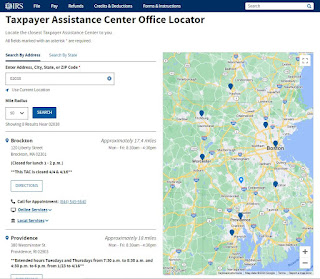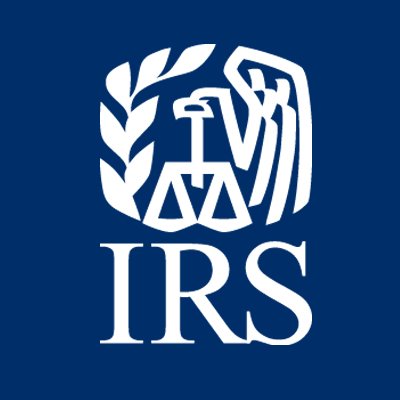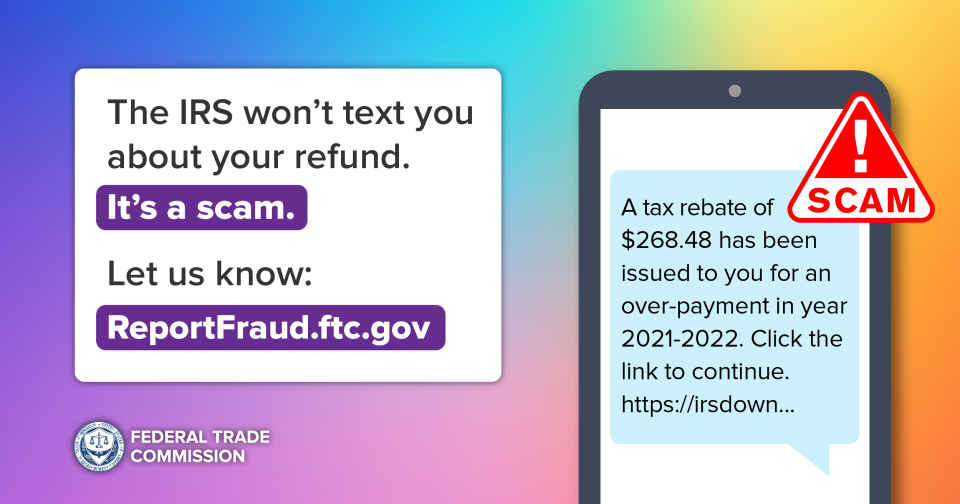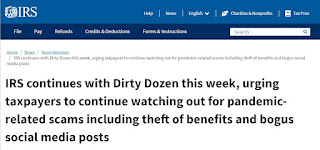Today's Internal Revenue Service website provides millions with the tax solutions they need 24 hours a day and eliminates unnecessary calls or trips to an IRS office. On IRS.gov, waiting in line is never a problem and there's no appointment needed.
The many online tools and resources range from tax preparation and refund tracking to tax law research tools like the Interactive Tax Assistant and answers for Frequently Asked Questions on dozens of subjects.
File taxes, view accounts, make payments – all online!
Taxpayers can use the "File" tab on the IRS.gov home page for most federal income tax needs. The IRS Free File program offers 70% of all taxpayers the choice of several brand-name tax preparation software packages to use at no cost. Those who earned less than $73,000 in 2021 can choose which package is best for them. Some even offer free state tax return preparation.
To see their tax account, taxpayers can use the View Your Account tool. They'll find information such as a payoff amount, the balance for each tax year owed, up to 24 months of their payment history and key information from their current tax year return as originally filed.
Taxpayers can find the most up-to-date information about tax refunds using the "Where's My Refund?" tool on IRS.gov and on the official IRS mobile app, IRS2Go. Within 24 hours after the IRS acknowledges receipt of an e-filed return taxpayers can start checking on the status of their refund.
Those who owe can use IRS Direct Pay to pay taxes for the Form 1040 series, estimated taxes or other associated forms directly from a checking or savings account at no cost.
Taxpayers can also use the Get Transcript tool to view, print or download their tax transcripts after the IRS processes their return or payment.
File complete and accurate returns to avoid processing delays
To avoid situations that can slow a refund, taxpayers should be careful to file a complete and accurate tax return. If a return includes errors or is incomplete, it may require further review.
Taxpayers should be sure to have all their year-end statements in hand before filing a return. This includes Forms W-2 from employers, Form 1099-G from state unemployment offices, Forms 1099 from banks and other payers, and Form 1095-A from the Health Insurance Marketplace for those claiming the Premium Tax Credit.
Individuals should refer to Letter 6419 for advance Child Tax Credit payments and Letter 6475 for third Economic Impact Payment amounts they received– or their Online Account – to prepare a correct tax return. Claiming incorrect tax credit amounts can not only delay IRS processing, but can also lead to adjusted refund amounts.
Assistive technology options
At the online Alternative Media Center (AMC), taxpayers will find a variety of accessible products like screen reading software, refreshable Braille displays and screen magnifying software. These products include tax forms, instructions and publications that can be downloaded or viewed online as Section 508 compliant PDF, HTML, eBraille, text and large print. Please note that every product is not available in all formats. For example, tax forms are not available as HTML documents.
Prevent fraud with an Identity Protection PIN
An Identity Protection PIN (IP PIN) is a six-digit number that prevents someone from filing a tax return using another taxpayer's Social Security number. The IP PIN is known only to the real taxpayer and the IRS and helps the IRS verify the taxpayer's identity when they file their electronic or paper tax return.
Starting in 2021, any taxpayer who can verify their identity can voluntarily opt into the IP PIN program. See Get an IP PIN for details and to access the online tool. There are options for those who cannot verify their identities online.
Find free, local tax preparation
The IRS's Volunteer Income Tax Assistance (VITA) program has operated for over 50 years. It offers free basic tax return preparation to qualified individuals:
- People who generally make $58,000 or less,
- People with disabilities and
- Limited English-speaking taxpayers.
The Tax Counseling for the Elderly (TCE) program also offers free tax help for taxpayers, particularly those age 60 and older.
The VITA/TCE Site Locator can help eligible taxpayers find the nearest community-based site staffed by IRS-trained and certified volunteers. Demand is high for this service so taxpayers may experience longer wait times for appointments. Taxpayers can use the locator tool to find an available site near them. It's updated throughout the tax season, so individuals should check back if they don't see a nearby site listed.
And MilTax, Military OneSource's tax service, offers online software for eligible military members, veterans and their families to electronically file a federal return and up to three state returns for free.
Adjust withholding now to avoid tax surprises next year
Now is a perfect time for taxpayers to check their withholding and avoid a tax surprise next filing season. Life events like marriage, divorce, having a child or a change in income can all impact taxes.
The Withholding Estimator on IRS.gov helps employees assess their income tax, credits, adjustments and deductions, and determine whether they need to change their withholding by submitting a new Form W-4, Employee's Withholding Allowance Certificate. Taxpayers should remember that, if needed, they should submit their new W-4 to their employer, not the IRS.
Phone assistance and in-person appointments during COVID-19
The IRS works hard to provide quality service to taxpayers while actively responding to the impacts of the pandemic and focusing on the safety and health of taxpayers and employees.
The IRS encourages people to use existing electronic tools available on IRS.gov as much as possible before calling and continues its efforts to develop more resources to help meet taxpayer needs.
For example, voice bots helped people calling the Economic Impact Payment (EIP) toll-free line, providing general procedural responses to frequently asked questions. As of April 9, 2022, nearly 2.5 million taxpayers had their questions answered through electronic assistance. The IRS also added voice bots for the Advanced Child Tax Credit (AdvCTC) toll-free line this year to provide similar assistance to callers who need help reconciling the credits on their 2021 tax return. As of April 9, 2022, almost 200,000 taxpayers' queries were answered through these bots.
The IRS also continues to provide face-to-face tax assistance at Taxpayer Assistance Centers by appointment when necessary and at walk-in Saturday events. The IRS follows Centers for Disease Control social distancing guidelines for COVID-19 at all office appointments.
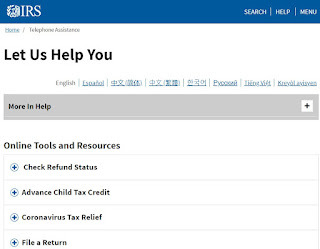 |
| Try IRS.gov first for last-minute tax help and tips |
